Using Technology to Make Educated Healthcare Decisions
July 11, 2016
Open enrollment trumps Christmas – This shouldn’t be the case
October 4, 2016The formula seems pretty cut and dry, doesn’t it? Good benefits + decent pay = a lifelong employee.
However, in today’s competitive economy, candidates consider several factors before joining a company, including flexible work hours, drive time, work environment and advancement opportunities. What are today’s employers doing to keep up with these demands?
Within Michigan’s economic bounce back, lies the need to bring efficiency and longevity to the onboarding and retention of today’s worker, while considering the needs and values of today’s organization.
Matt Lasco, Vice President of Lasco Auto Group, took a unique approach to address the issues of hiring long-term team members and reducing turnover.
“I would say that in a matter of two years we completely flipped the script,” Lasco said.
Taking a step back to analyze his current hiring and retention methods, he invested in new processes and took steps that his industry typically would not invest in. He began by developing a dedicated human resources team and then incorporated data analysis to: 1) uncover specific reasons employees chose to leave; 2) track employment patterns; and 3) make appropriate adjustments.
Unbeknownst to Lasco, an employee’s drive time had a varying degree of impact on job satisfaction, based on the position. Sales representatives are required to stay late during some weeknights, and those reps who drove an hour or more to work seemed to care more about that drive than an employee who also drove an hour but who was not required to stay late during the week.
In addition to collecting data, companies have begun to realize the correlation between company culture and job satisfaction. Culture involves work environment and overall company behavior. While there’s a fine balance between personal needs and corporate work setting, companies are evaluating the feasibility of creating work environments that encourage collaboration and comfort. Such transformations include meeting rooms with couches to allow for social interaction, open-space workstations, and break rooms with televisions.
As it relates to scoring that perfect hire, remember who your audience is. Research has uncovered that our new Generation Z – those members turning the ripe old age of 21 – may be enticed by training and advancement opportunities, in addition to competitive pay. For these hires, several of them may be leaving college with a hefty student loan and the opportunities to reduce that price tag through employer loan repayment programs, for example, impacts their employment acceptance.
Regardless of whether or not your company is on hyper-growth mode, retaining your current workforce should be of high priority. One retention strategy involves encouraging a healthy work-life balance to reduce the stress we all encounter both on the job and at home. Some examples of company programs to help establish appropriate balance include events that involve family members, onsite childcare, dependent childcare accounts, PTO purchase programs, voluntary critical illness policies, employee assistance programs, and personal classes, such as cooking classes and child behavior seminars.
“The biggest thing, as a whole company, is that we decided we need to make sure people felt like what they were doing has a purpose,” said Lasco. “Having a purpose is so important. In today’s world, the value of time off and time with family is more important than just the paycheck.”
